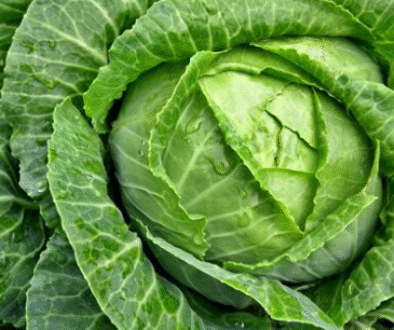Phytochemicals: What are they and How do We get Them?
Phytochemicals are a non-nutritive part of a plant that provides benefits to our bodies. They are considered non-nutritive because they aren’t vitamins, minerals, carbohydrates, protein, fat or fiber. Researchers have found that these phytochemicals, or otherwise known as phytonutrients, are beneficial for our bodies. It is even more interesting that when researchers extracted the phytochemical from a plant and put it in pill form for consumption, the health benefits were not the same as eating the whole plant. One might postulate that all the parts of the plant work together in conjunction with all the other biochemical compounds for the body to prosper.
 We get phytochemicals from plants. Each plant may contain a different phytochemical. For example, tomatoes contain lycopene, but so do pink grapefruit and watermelon. Lycopene is probably the most popular phytochemical known in mainstream health media and is part of the carotenoid phytochemical group. It is best known for the research done in regards to tomatoes and tomato products in reducing the risk of prostate cancer. A couple other phytochemicals you may have heard of include quercetin, lutein and allicin. There are a plethora of other phytochemicals and my guess would be many more to be discovered. Another you may have heard of and is getting some press these days is curcumin. This phytochemical gets some attention due to the research going on for gastrointestinal, specifically colorectal, health. You can find curcumin in the spice turmeric. Turmeric is often used in Indian, Southeast Asian and Middle Eastern cuisines, but can also be found in the good old fashioned yellow mustard. Add turmeric to the spices you use on roasted vegetables, chicken, tuna and egg salad dishes. If you like mustard, add it to chicken or pork for some color and bold flavor. To me, the spice turmeric doesn’t have much flavor, but beware; it has a bold orange color!
We get phytochemicals from plants. Each plant may contain a different phytochemical. For example, tomatoes contain lycopene, but so do pink grapefruit and watermelon. Lycopene is probably the most popular phytochemical known in mainstream health media and is part of the carotenoid phytochemical group. It is best known for the research done in regards to tomatoes and tomato products in reducing the risk of prostate cancer. A couple other phytochemicals you may have heard of include quercetin, lutein and allicin. There are a plethora of other phytochemicals and my guess would be many more to be discovered. Another you may have heard of and is getting some press these days is curcumin. This phytochemical gets some attention due to the research going on for gastrointestinal, specifically colorectal, health. You can find curcumin in the spice turmeric. Turmeric is often used in Indian, Southeast Asian and Middle Eastern cuisines, but can also be found in the good old fashioned yellow mustard. Add turmeric to the spices you use on roasted vegetables, chicken, tuna and egg salad dishes. If you like mustard, add it to chicken or pork for some color and bold flavor. To me, the spice turmeric doesn’t have much flavor, but beware; it has a bold orange color!
How can I make sure I get phytochemicals? Well, I encourage three things to remember: bold flavors, bold colors (not the artificial kind) and bold odor. Bold flavors might be something like, onion, broccoli or pink grapefruit. Bold color might include kale, spinach, turmeric, pumpkin and strawberries. Bold odor might include garlic, leeks and chives. The best way to make sure you get phytochemicals is by eating a variety of plants, after all….the goal is five to nine servings of fruits and vegetables per day!
 Try out this recipe with bold flavors, colors and odor! Tomatoes contain the phytochemical lycopene, about five milligrams per cup of fresh tomatoes. Lycopene is more concentrated in tomato paste because there are more tomatoes packed in one cup, about 75 milligrams. Basil contains some carotenoid family phytochemicals, in addition to chlorophyll. Peaches contain the subclass anthocyanidins of flavonoid family phytochemical. Regardless, you are meeting the bold color, flavor and odor descriptors and having an explosion of goodness with each bite! Enjoy!
Try out this recipe with bold flavors, colors and odor! Tomatoes contain the phytochemical lycopene, about five milligrams per cup of fresh tomatoes. Lycopene is more concentrated in tomato paste because there are more tomatoes packed in one cup, about 75 milligrams. Basil contains some carotenoid family phytochemicals, in addition to chlorophyll. Peaches contain the subclass anthocyanidins of flavonoid family phytochemical. Regardless, you are meeting the bold color, flavor and odor descriptors and having an explosion of goodness with each bite! Enjoy!
For more information on phytochemicals, visit http://lpi.oregonstate.edu
Jessica is a registered dietitian/nutritionist, licensed in the state of Pennsylvania who has her master’s degree in nutrition education, plus is certified in the specialty areas of cancer nutrition and nutrition support. Jessica has been a registered dietitian/nutritionist for the past seven years and loves talking about all the ways the colorful plants can benefit our bodies to perform at our best!


